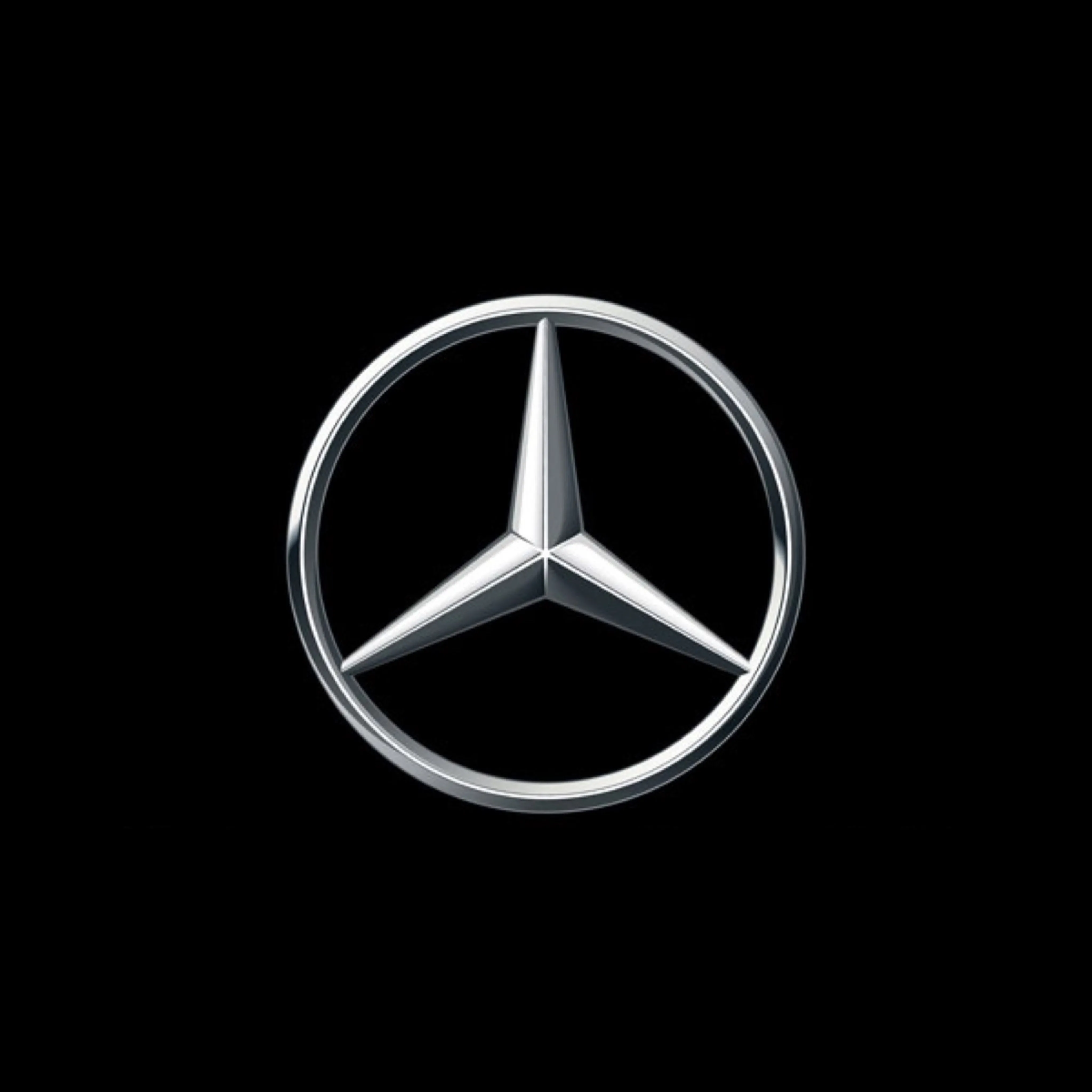I originally posted that the Tesla likely wins as a road trip vehicle due to better efficiency. And technically, being that it only has a 100 kwh battery, it is more efficient. However, having now road tripped my Rivian several times, I struggle to give the edge to Tesla. Tesla certainly has the edge when it comes to the Supercharging network. Absolutely better than public EV chargers.
Rivian has a 135 kwh battery. But, where I noticed the biggest difference between the two cars is in "Real World" driving. My Tesla would tell me I had 370 miles in range. However, when travelling at "go with the flow of traffic" speeds, which is 75-85 mph on most west coast freeways through the desert, and even then, you get run over by many, my Tesla got around 70% of the rated range at those speeds. Was fortunate to get 259 miles. 260 miles on a 100 kWh battery is still more efficient than a 260 miles in the Rivian on a 135 kWh battery, but I'm not really concerned with that when travelling. What I care about most, is how far can I go with what I have?
In the Rivian, at 75-80 MPH, I actually get very close to the rated range. The truck tells me I have 300 miles in range and I can actually go 300 miles, driving "NORMALLY" and not having to hyper-mile. A couple of weeks ago, for the first time ever, with my Rivian, I was able to comfortably make it from northern Los Angeles city to Las Vegas without stopping to charge. Was never able to do that at those speeds in the Tesla.
Furthermore, the Tesla technically charges quicker than the Rivian does. However, to get the "real world" range back to 260 miles, you have to charge to 100%. As we all know, charging to 100% takes forever as charger slows drastically over 75-80%. With the Rivian, I only need to charge to around 82% to get the same "real world" range. So, what I lose to the Tesla in the early charging, I gain back in the fact that the Rivian is still charging at a higher rate at 80% than the Tesla is at 95+%. In my own "real world" testing, I would have to charge the Tesla for about 70 minutes to get the range I needed. To get the same range in the Rivian, it takes about 40 minutes. So, I save a good 30 minutes. Yes, I'm using more energy in the Rivian, but my road trip is definitely around 30 minutes quicker with the Rivian and the 135 kwh battery than the Tesla is with its 100 kwh battery. For me, I care more about the time than I do spending a few extra dollars for a few extra kwh of battery charging.
Rivian is building their own charging network, which I had the good fortunate to be able to use in Barstow. It was great, just as easy as Tesla supercharging. Problem is, there are currently only a few of them in service versus superchargers being everywhere. Assuming I don't have a problem with public chargers, then personally, I have to say I prefer road tripping in the Rivian since it gets me there 30 minutes quicker than does the Tesla.
So yes, the Tesla is still more efficient. But, the Rivian's bigger battery gives it more capability. Having now experienced it for a few months, my first choice for road trips over 300 miles would be in he Rivian.
And I'm sure this post will really rile up the Tesla faithful. Say what you need to, to make yourselves feel better. I love Tesla's, but have now experienced both and am simply speaking the reality. Want to change? Tell Tesla to put a bigger battery in their cars, then they'd be both, more efficient and able to travel further. It's not about the Rivian being better, rather, just that they chose to go with a bigger battery, making it better in terms of how far it can go on a single charge. Absolutely nothing personal. It is what it is. For a 250 mile trip, then the Tesla is probably better. For over 300 miles, I'd rather have the Rivian.



